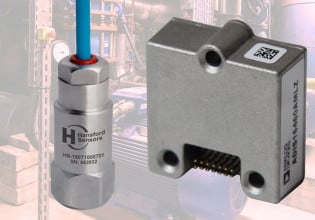R
I request the experts of this forum to kindly answer my question:
If there are five elements in a loop (Say an Orifice, a DP sensor, DP transmitter, Sq. root extractor & a 4-20mA Reader) each with an individual accuracy of x, y, z, p, q percent of the full scale. Then what should be the effective overall accuracy of the loop?
thanks and regards
Ritika
If there are five elements in a loop (Say an Orifice, a DP sensor, DP transmitter, Sq. root extractor & a 4-20mA Reader) each with an individual accuracy of x, y, z, p, q percent of the full scale. Then what should be the effective overall accuracy of the loop?
thanks and regards
Ritika






